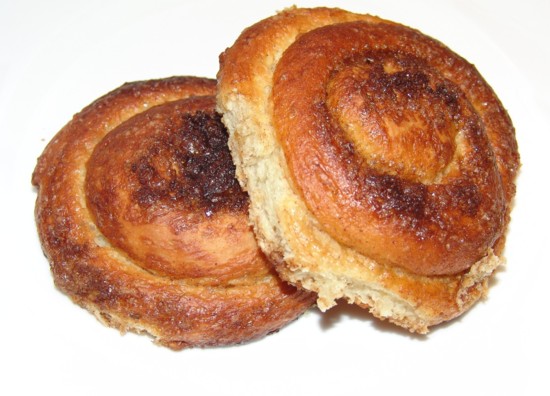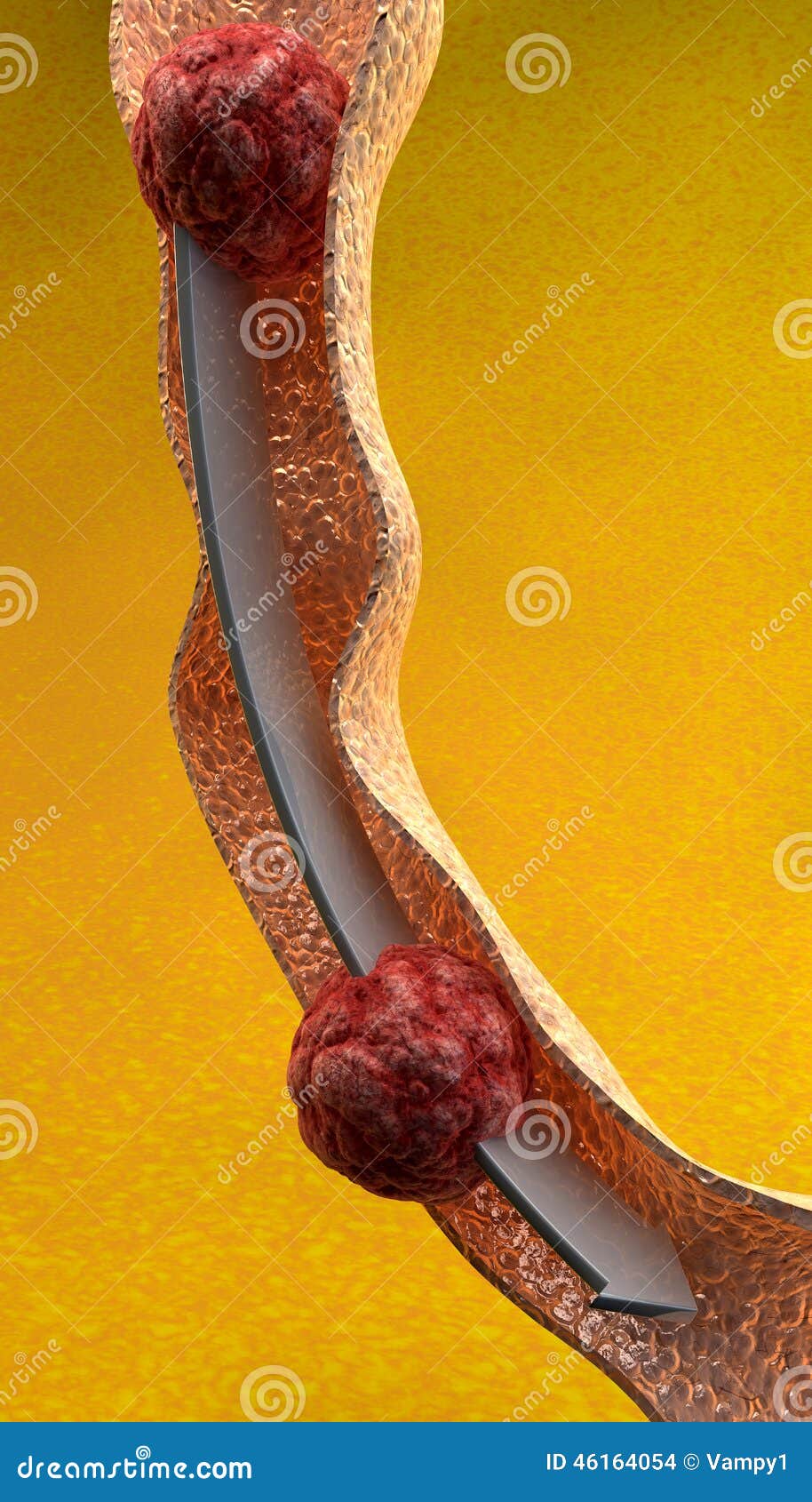
This may be encouraged by giving carbonated drinks that release gas such as Coca-Cola, which may dislodge the food. In an emergency room setting, someone with food bolus obstruction may be observed for a period to see if the food bolus passes spontaneously. Rarely disorders of movement of the esophagus, such as nutcracker esophagus, can predispose to food bolus obstruction. Patients with esophageal self-expandable metallic stents may present with food boluses lodged within the stent lumen. Food boluses are common in the course of illness in patients with esophageal cancer but are more difficult to treat as endoscopy to push the bolus is less safe. Other conditions that predispose to food bolus obstructions are esophageal webs, tracheoesophageal fistula/ esophageal atresia (TOF/OA) and peptic strictures. When considering esophageal dilation to treat a patient with food bolus obstruction, care must be made to look for features of eosinophilic esophagitis, as these patients are at a higher risk of dilation-associated complications. Many alterations caused by eosinophilic esophagitis can predispose to food boluses these include the presence of multiple rings and narrowing of the lumen. An increasingly commonly recognized cause for esophageal food bolus obstruction is eosinophilic esophagitis, which is an inflammatory disorder of the mucosa of the esophagus, of unknown cause. Foodstuff jams into the esophagus due to the narrowing caused by the ring. Risk factors Įndoscopic image of a Schatzki ring which is a common cause of esophageal food bolus obstructionįood bolus obstruction is most commonly caused by Schatzki rings, which are mucosal rings of unknown cause in the lower esophagus. As a result, urgent treatment of patients with high-risk features, or a lengthy duration of symptoms, is recommended. Patients with esophageal food boluses are also at risk of complications, such as perforation of the esophagus, and aspiration into the lungs. They may also experience chest pain, neck pain, regurgitation of food, or painful swallowing ( odynophagia). People with food bolus obstruction typically display acute dysphagia (difficulty swallowing), often to the point that they cannot even swallow their saliva, leading to drooling. Many foods can lodge themselves in the esophagus, but the most common are meats such as steak, poultry, or pork leading to the colourful description of the phenomenon as steakhouse syndrome. Įponymous names include 'the steakhouse syndrome' and 'backyard barbeque syndrome'.


The use of glucagon, while common, has not been found to be useful.

While some esophageal food boli can pass by themselves or with the assistance of medications, some require the use of endoscopy to push the obstructing food into the stomach, or remove it from the esophagus. It is usually associated with diseases that may narrow the lumen of the esophagus, such as eosinophilic esophagitis, Schatzki rings, peptic strictures, webs, or cancers of the esophagus rarely it can be seen in disorders of the movement of the esophagus, such as nutcracker esophagus. Medical condition Esophageal food bolus obstructionĮndoscopic image of patient with esophageal food bolus obstruction due to a grape in the setting of eosinophilic esophagitisĮmergency medicine, general surgery, gastroenterologyĪn esophageal food bolus obstruction is a medical emergency caused by the obstruction of the esophagus by an ingested foreign body.


 0 kommentar(er)
0 kommentar(er)
